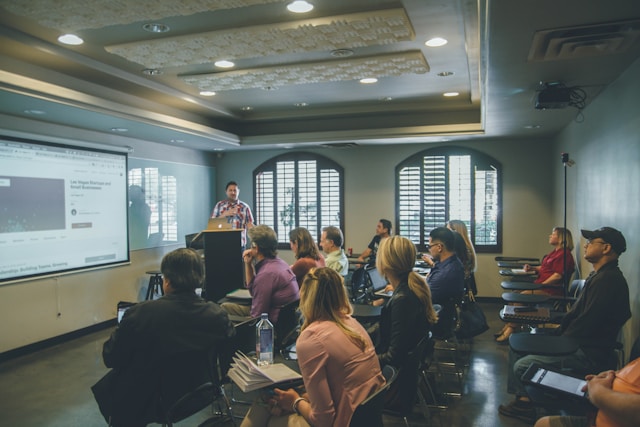A Scientific American article by Carl Wieman examines how lecture-style classes, the typical structure employed in most university classrooms, may not be the most effective method for teaching, especially when it comes to science and engineering. Instead, research favoured a method frequently referred to as active learning.

Photo by Kenny Eliason on Unsplash.
Why active learning may be more effective
Active learning is a teaching strategy that requires students to remain engaged throughout the class by answering questions, participating in discussions, and actively solving problems. This strategy allows the teacher to provide constant feedback and targeted help for each student. Numerous studies have yielded similar results: simple memorization is not enough. In order to learn effectively, students need the opportunity to reflect on the material and understand the content in a context that makes sense to them.
The push against engagement
However, in spite of the overwhelming evidence outlining the advantages of an engaging and active curriculum, many universities continue to employ traditional lecture style classes. The author attributes this stagnant state to a “flawed understanding of learning” and a lack of incentive for research-focused professors to break the habit of traditional teaching methods. Leading universities are recognized instead for their success in securing a share of the $40 billion per year of research money. As long as this habit continues, there will be no incentive to implement effective, research-based teaching methods.
Categorised in: Uncategorized
This post was written by Helen
